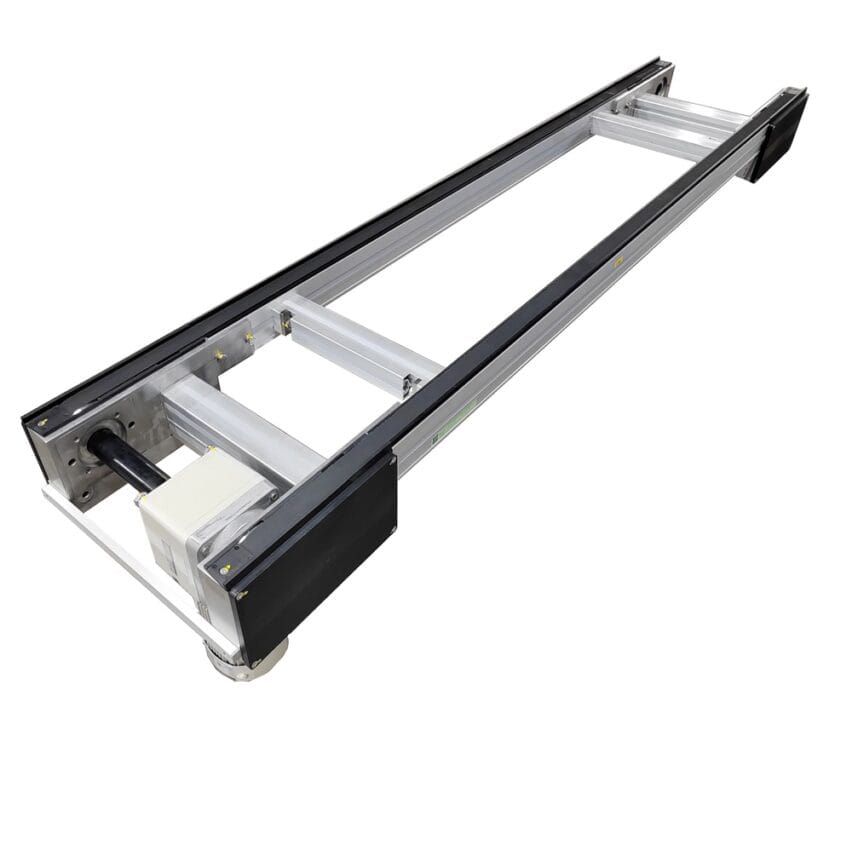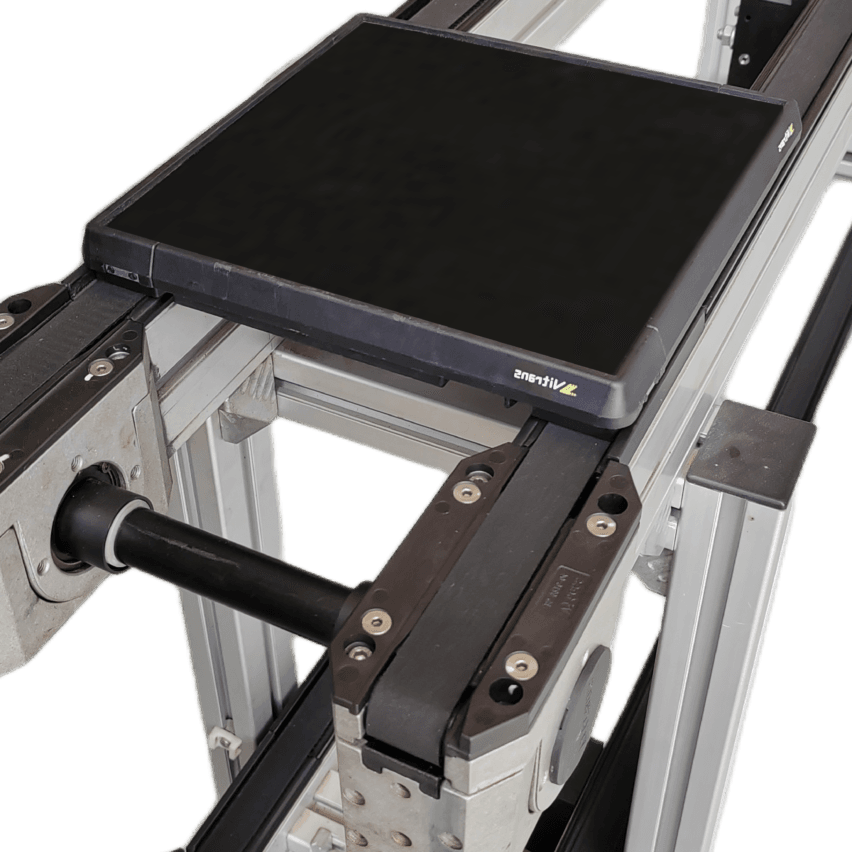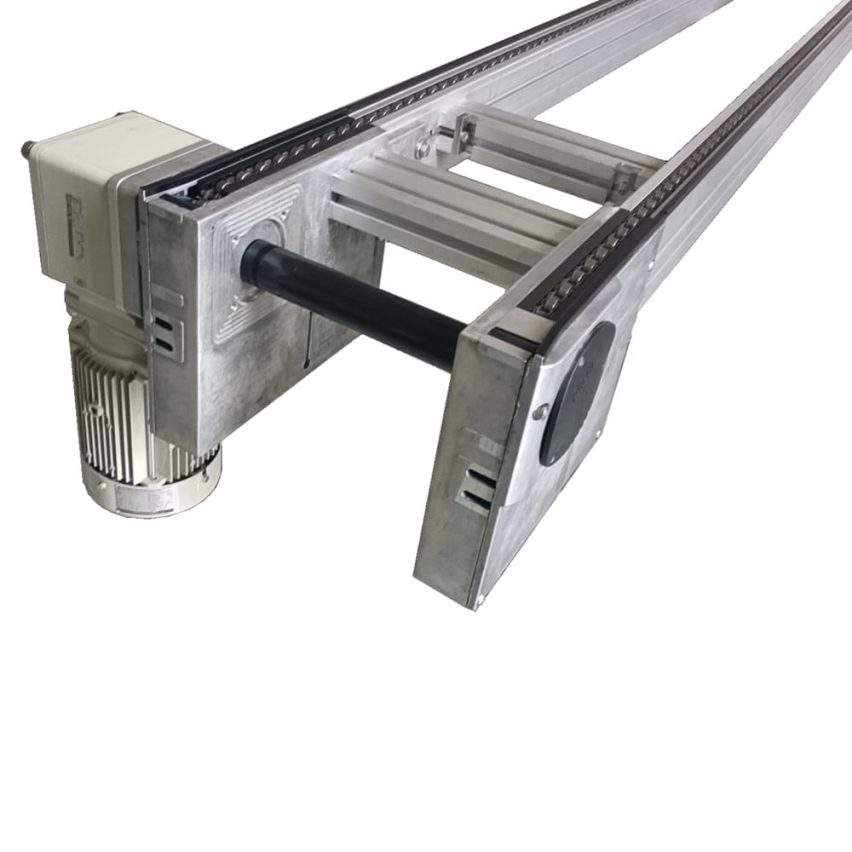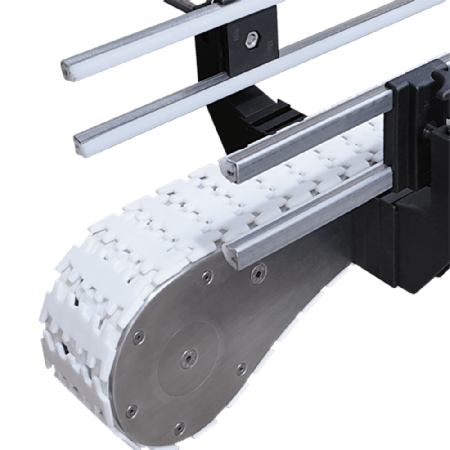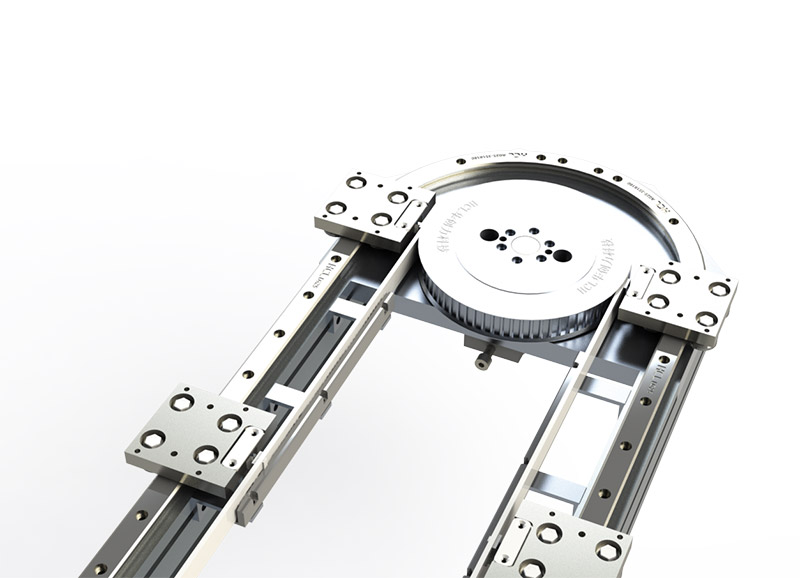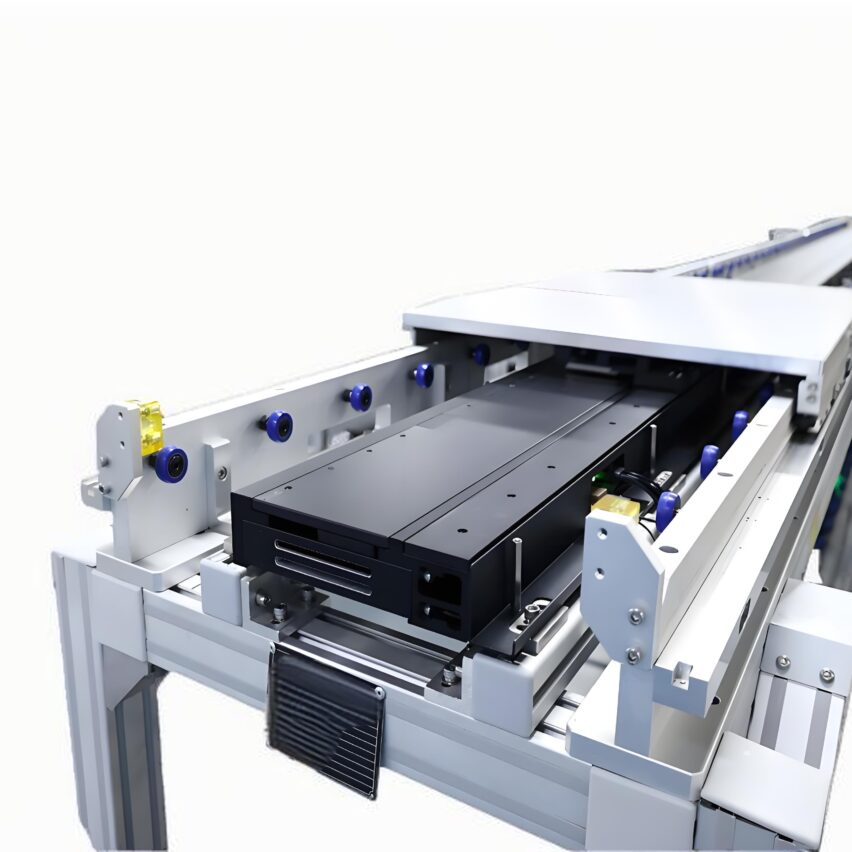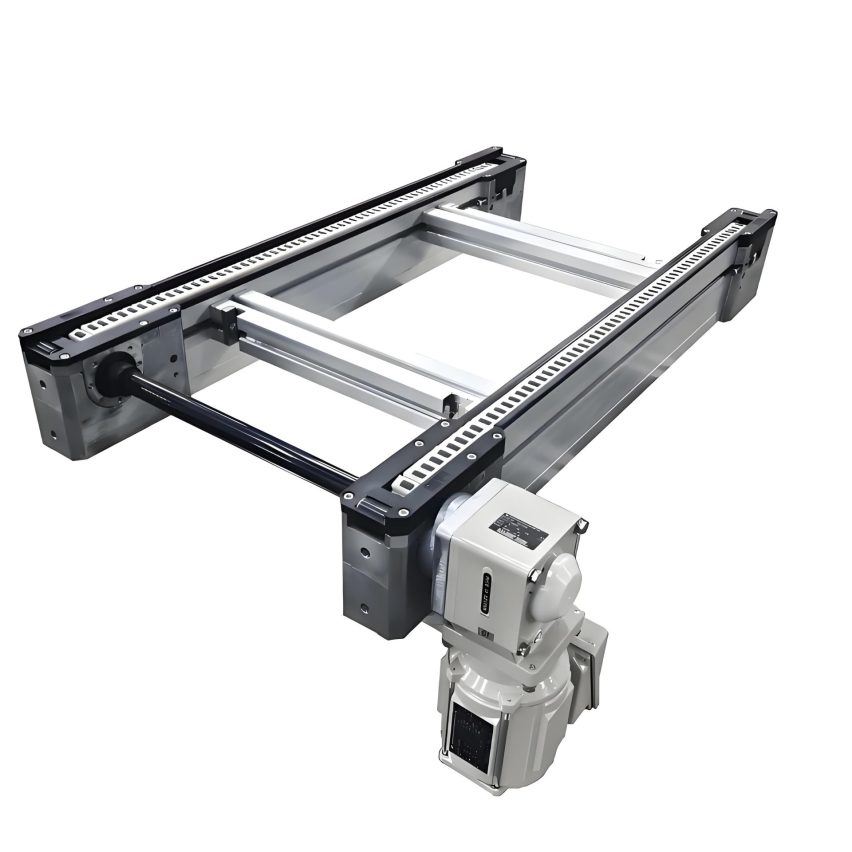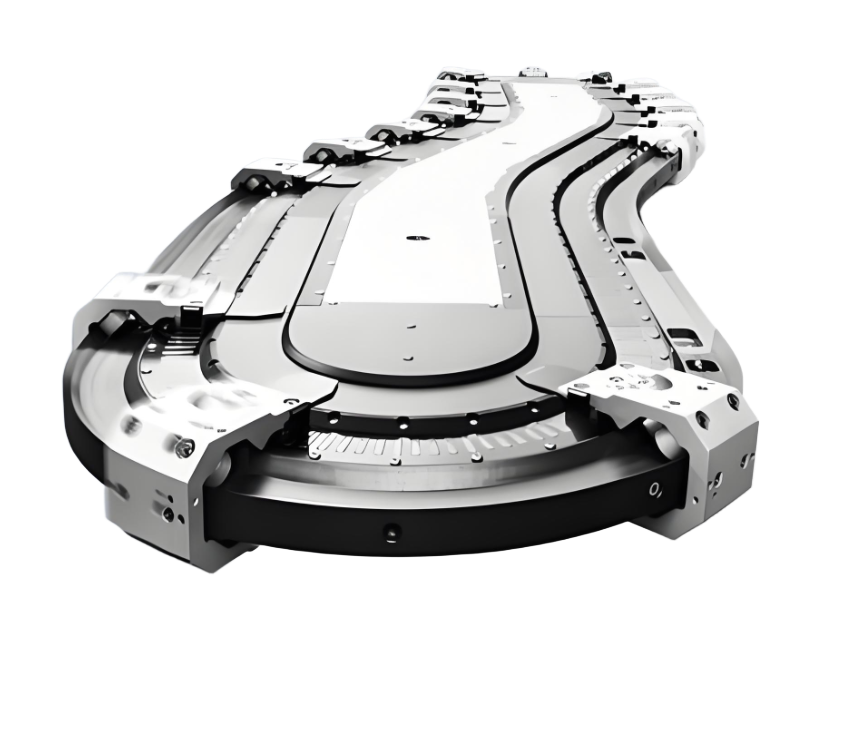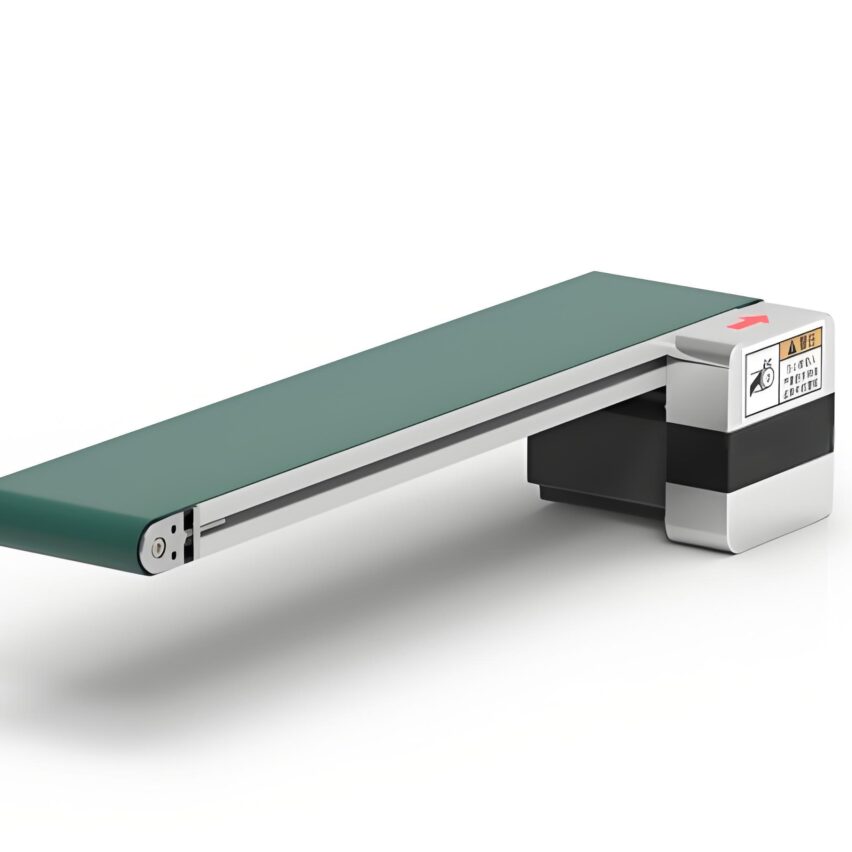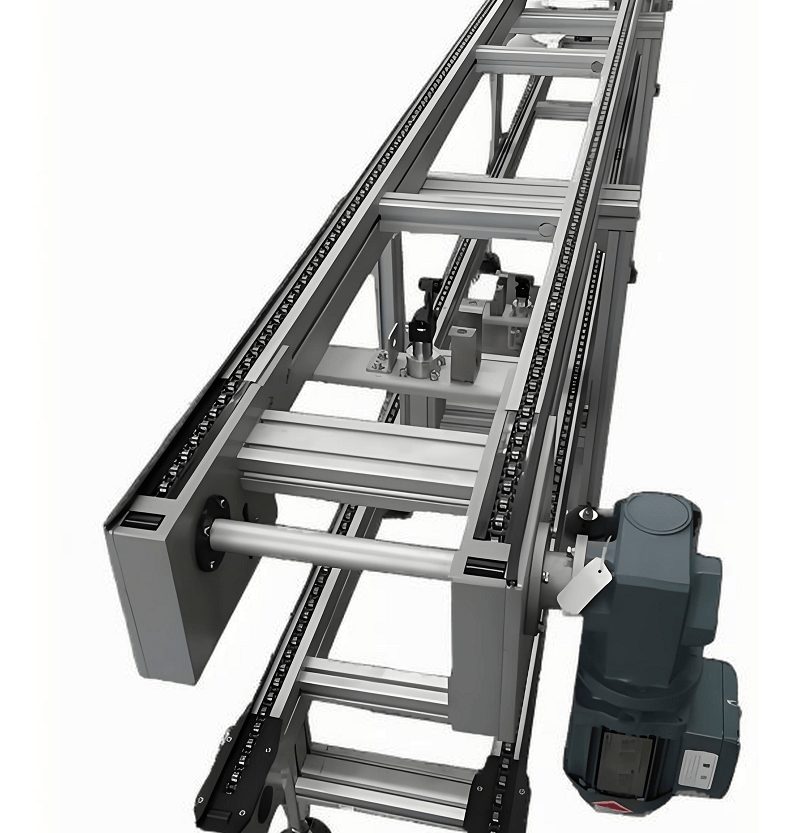Production lines always jammed? Orders always delayed? Eighty per cent of the conveyor line in the drag! Don't panic, let's talk about it today--How exactly does a professional conveyor line online consultation play out to get a customised solution that really works for you?I've been in this business for years. I've been crawling in this business for years, seen too many newbie white people step in the pit: either spend a lot of money to buy back a pile of scrap iron, or the programme looks good but does not work... Honestly, understand the doorway, can really save hundreds of thousands of wasted money!
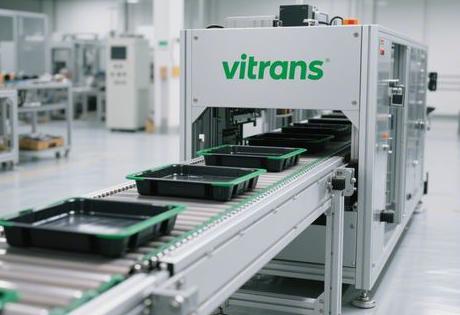
🔍 First, the first whole understand: what do I really need? Needs do not say clear, the gods also scratch their heads!
Many bosses come up and ask, "Give me the whole best conveyor line!" Stop stop stop!"Best" is not the same as "most suitable".You've got to break down your own factory first. You've got to break down that bit about your own plant first for the consultation to make sense. During an online consultation, a reliable engineer will definitely ask you these core questions:
- - What's that?Is it a heavy lump of iron (like a car part) or a dainty glass bottle? Is it a whole box of goods, or scattered small pieces? Weight, size, shape, fear of bumping, must be clear! Belt, roller or chain plate, choose the wrong minutes out of a big deal - think of you transport flour with ordinary belt, the dust flying...
- - How fast and how much?Don't be vague! Do you want to process 200 or 2,000 pieces an hour? How many seconds a piece is the target beat? This directly determines the power configuration and structural strength of the conveyor line. You've obviously doubled your output and you're still designing according to the old calendar, so you're waiting for it to clog up the car park!
- - What's going on with the venue?How big and flat is the space? Are there any pillars in the way? What is the temperature and humidity of the workshop? Are there any dust and explosion-proof requirements? I have seen the design is quite beautiful, the results to the site found that the radius of the corner is not enough, the machine is stuck in the door... that is an embarrassment!
- - What are the special requirements?To change varieties without stopping? To be linked to a robotic arm? With weighing or inspection? Squeak ahead! These "plug-in" function, later retrofitting expensive you. For example, pharmaceutical factories require dust-free and pollution-free, that ordinary conveyor line into the curse.
Personal opinion.Newcomers are most likely to fall into the trap of "taking things for granted"! Thinking that "just about everything will be fine" results in a lot of discrepancies.The more detail you put into your requirements and the more photos/videos you take, the more efficient your consultation will be and the more reliable your proposal will be.Sharpening the knife is not a good idea, brother!
🛠️ Second, the selection of don't be confused: belt, roller, chain ... confused?
The needs are clear, next choose the type. Don't be fooled by the name, it's really just those categories, the key is to look at the match:

- - Belt conveyor lines.suitabilitySmall and light parts, loose material, afraid of scratchingthings (e.g. cardboard boxes, small packaged food, electronics). Pros: smooth running and low noise, cheap; Cons: limited capacity, can't play with complex routes. You want it to carry big iron blocks? The belt will tear up in minutes!
- - Roller conveyor lines.The best player in the world.Boxes, pallets, heavy objectsIt takes the cake. Power roller can also do accumulation (that is, let the goods waiting in line). Advantages: solid and durable bearing heavy; disadvantages: expensive, high requirements for ground level. It is basically the one that clunks in the logistics warehouse.
- - Speed chain/chain conveyor line.sth. used for amusementPrecision assembly, assembly line operationThe master of the art! The pallet carries the product, stops wherever it wants, and "doubles" the speed. Advantages: flexible and accurate, high efficiency; disadvantages: complex structure, expensive! Automobile, electronic factory assembly line away from it.
- - High-end players (Maglev/EMS).coerceAbsolutely quiet, absolutely clean, super fast? Pharmaceuticals, chip shops, for example. Advantages: no contact, low wear and tear, quiet; disadvantages: expensive! Not tycoon or special industry, generally can not be used.
Personal opinion.Don't just look at the price!Selecting a model is like wearing shoes, the fit is most important.I've seen heavy loads carried on a belt line to save money, resulting in three days of repairs and enough money lost in downtime to buy a good roller line! When consulting online, throw the demand to the engineers, let them give you an analysis of the pros and cons, than their own blind thinking a hundred times better.
📐 III. How do you come up with a customised solution? Don't be intimidated by the technical details!
Choose a good type, then enter the core link - programme design. The doorway here is deep, but you as a party, just keep an eye on a few key points:
- - Layout charts are going to die!Don't believe in "approximate alignment". You need to see 2D/3D drawings that are accurate to the centimetre! You need to know exactly how the route bends, what angle of climb (generally not more than 15 degrees), how the equipment is placed, how wide the safety lanes are... all of this must be clear.Take a ruler and compare the shop space yourself to see if the diagram is on paper!There have been schemes where the turning radius was designed to be small, and as a result, the pallet could not be turned, and the site was cursed.
- - Don't be vague about the core parameters!How powerful is the motor (0.75kW or 3kW)? What brand of chain/belt (imported IGUS or domestic)? Frame with what steel (stainless steel or carbon steel)? Control system with whose family (Siemens or domestic PLC)? These are directly related toLongevity, stability and maintenance costsDon't just listen to "enough", ask "how many years will it last? Don't just listen to "enough", ask "how many years will it last? Can it be repaired if it breaks?"
- - Special needs focused attention!Do you need anti-static protection? Are there specific measures written in the programme (e.g. use of anti-static belts, grounding)? Do you need to interface with the robot? Has the interface protocol (Modbus TCP/Profinet) been tested for compatibility?Put it in black and white in the technical agreement, don't believe the verbal promises!
- - Simulation testing cannot be understated!Reliable companies will take software (e.g. SolidWorks) and run simulations to expose problems in advance, such as clogging and unstable speeds. Ask to see the simulation report or video! Spend money on customisation, the figure is stable.
Real cases speak for themselves.A motor factory in Guangdong had an old production line that was struggling to produce 180,000 units per month and was always delaying orders. Through online consultation, they customised a speed chain line, used servo motors for precise speed control, and did 10,000 hours of aging tests to ensure longevity. The result?Monthly capacity soared to 290,000 units, orders doubled, and profits rose 20%.You see, the right programme can really turn a stone into gold.
🤝 IV. Who to get to do it? There is a trick to vendor selection!
The programme looks quite beautiful, but who is going to do it is the key! Online search "conveyor line manufacturers", the sea went, how to sieve?
- - Look at the cases, and especially look at the peers!Those who make food look for those who have made food, those who work with auto parts look for those who are familiar with heavy duty. Ask them forVideo!You can't just look at the pictures, you have to see the equipment running in real life. The web page lists some brands (Wei Chuang, Jaguar, Deltron, etc.), you can refer to, but do not be superstitious ranking, focus on whether to match your needs.
- - Key in the details and look at the service process!There must be a reliable companyStandardised processes: Demand analysis → programme design → technical confirmation → production quality control → installation and commissioning → training and acceptance → after-sales support. Ask who is responsible for each link, how long to complete. The kind of "you can rest assured that the package in my body" but can not say the process, be careful!
- - Ask after-sales, don't be afraid to nag!How long does it take to respond to a problem with equipment (24 or 48 hours)? Is there any remote diagnosis? Are wearing parts expensive and good to buy? How long is the warranty (1 year or 2 years to start)?Aftermarket costs are often the big hidden pitfall!
- - Small trial runs are king!For complex production lines, don't just go ALL IN.It is highly recommended to make a small section (say 10 metres) of sample line first, field run to see the results. It's worth spending a little money to validate a big solution! I've seen too many tragedies where whole plants have been retrofitted and then pushed back.
Personal Insight.This line of fish and dragons, some small workshops do not understand the drawings dare to take orders.Don't just look at the low price!To comprehensively look at the technical strength (have their own design team and workshop), project experience, service reputation. When consulting online, ask a few more suppliers to compare their response speed, depth of understanding of the problem and professionalism, and the highs and lows will be judged immediately.
🚀 V. Don't spill the beans on floor mounting! Keep an eye on these and don't lose out
Contract signed, money paid, just sit back and wait to receive your equipment? Big mistake! Installation and commissioning stage you relax, the later operation is crazy.
- - Foundation construction is fundamental!Ground level requirements of thieves high (error usually have to be controlled within 2mm / m), foot bolt grouting fixed firmly? The foundation is not playing well, the equipment can dance! Be sure to personally take the leveller spot check.
- - Installation accuracy is the lifeblood!Conveyor line straightness (calibrated with laser alignment gauge, deviation ≤1mm/m), butt joints, levelness... these details directly affect the smoothness of operation and life. Don't be a shirker, turn around more on site and ask if you don't understand.
- - Debugging sessions should be involved!Empty run, loaded run, full load limit run (e.g. starting 100 stations at the same time) all have to be tried! Focus on: Is the speed stable? Is it stopping correctly? Is there any noise or stuttering?Have an engineer pull up the parameters and look at them in front of you!
- - Training must be carefully learnt!Don't think the operator will just look at it. Where is the emergency stop button? What about routine inspections (e.g., how often is the chain lubricated)? How to deal with common faults?Record it! Write it as an SOP (Standard Operating Procedure)!I've seen workers mess with inverter parameters and burn the motor.
Key Reminder. Acceptance documents get handfuls to take as well!Operation manuals, spare parts lists, electrical schematics, 3D models... none of them are missing. These are all "life-saving" for future maintenance and upgrading.
So yeah, professional conveyor lines online is really not just about asking for a price. It's aTechnical work + communication work + management work. The core is just one sentence.Talk through your pain point requirements, get to the bottom of your suppliers, nail down the details of the programme and keep an eye on the landing process.Assembly line this thing, really not the more expensive the better, but the more appropriate the more fragrant. Spend some effort to understand this set, your factory that "conveyor belt", can become a real "money printing machine".

